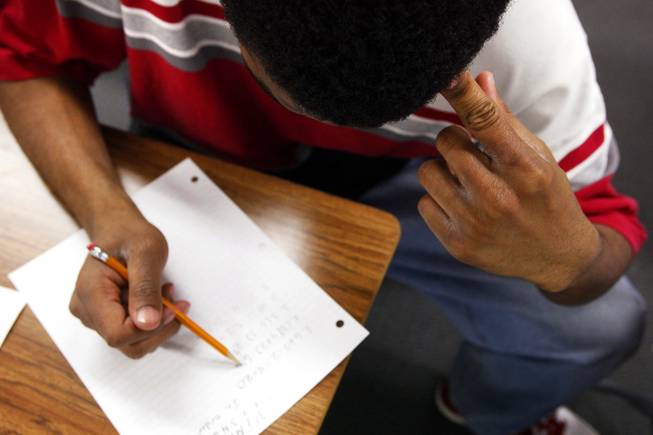
A student studies in the StarOn classroom at Mojave High School in North Las Vegas on Feb. 2, 2012.
Monday, June 24, 2013 | 2 a.m.
Sun archives
For the second consecutive year, Nevada is ranked last in the nation for education, according to the 2013 Kids Count report.
For nearly a quarter-century, the Annie E. Casey Foundation has been reporting national and state trends in child well-being. The Maryland-based nonprofit group ranks states on 16 indicators that measure a child's economic, educational, health and family well-being.
Nevada ranked near the bottom on many indicators, which contributed to its overall ranking of 48th nationally — outpacing only Mississippi (49th) and New Mexico (50th).
Although the rankings paint a grim picture, Nevada improved on 11 of the 16 indicators since 2012. Those improvements give Rennae Daneshvary, director of Nevada Kids Count, hope for the Silver State’s future.
“Improvement comes slowly,” Daneshvary said. “We have seen some progress. There’s hope for Nevada. We can’t give up.”
Here is how Nevada fared, according to the Kids Count report released today:
-
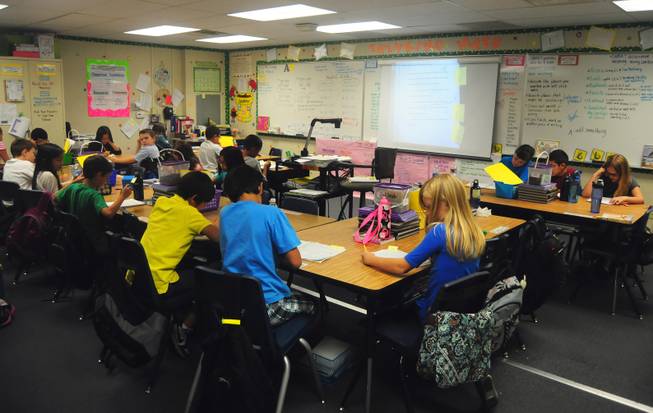
Education
Although it has seen academic improvement, Nevada is ranked 50th in education for the second year in a row.
Nevada has the highest percentage of toddlers ages 3 and 4 who aren't in preschool (70 percent) and the highest percentage of students who fail to graduate in four years (42 percent).
Three-quarters of Nevada fourth-graders are not proficient in reading, and 71 percent of eighth-graders are not proficient in math.
Third-grade reading proficiency — the catchphrase was “Read by Three" during the past legislative session — is a critical indicator for school success. Studies have consistently shown children who can read by the end of third grade are less likely to drop out of high school.
The eighth-grade math proficiency is also a crucial indicator for educational success. Students who take advanced math and science courses by the end of middle school are more likely to attend and finish college.
Nevada has improved from the 2005 Kids Count study in all four education indicators measured by the Casey Foundation. Test scores have gone up, and there are 3,000 more children in preschool and 5 percent more students who are graduating on time.
However, Nevada is not improving quickly enough to make a difference in the overall rankings. That’s because other states are seeing similar improvement, as well, Daneshvary said.
Nevada ranks 50th in the nation in its graduation rate and preschool participation rate, and 46th in third-grade reading proficiency.
-
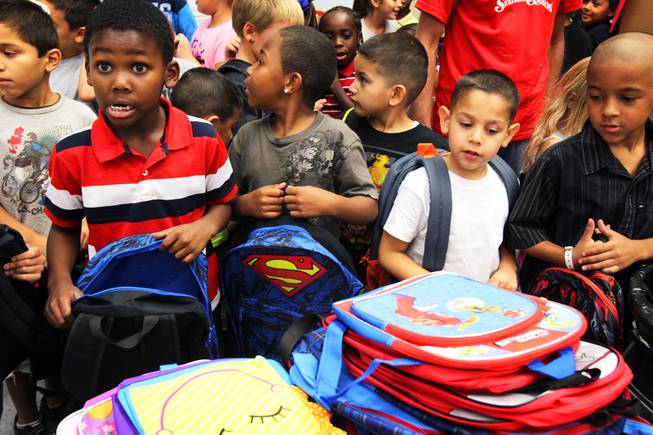
Economic well-being
The devastating effects of the Great Recession are still lingering among Nevada's youngest residents, particularly those in minority communities.
The state ranks 48th in the nation when it comes to its children's economic well-being.
About a third of Nevada children reported their parents lacked a secure job and steady income, up from about a quarter of children five years ago.
There were about 144,000 Nevada children living in poverty in 2011, an increase of about 54,000 children since 2005. Over the course of the recession, Nevada's child poverty rate jumped from 15 percent to 22 percent.
Nationally, there were more than 16 million children living in poverty in 2011. The official poverty line that year was $22,811 for a family of four.
Joblessness is also affecting teenagers. Although there has been some job growth recently, teenagers are having a tougher time finding work. That's especially true for high school dropouts.
About 18,000 Nevada youths, ages 16 to 19, are considered "idle teens" — high school dropouts who are not working. Between 2008 and 2011, Nevada saw 3,000 more "idle teens" — an 18 percent increase. Nevada ranks 50th in the nation on this indicator.
While Nevada’s economic indicators for children have worsened since 2005, they have shown improvement over the past couple of years, Daneshvary said. Three of the four economic indicators in the Kids Count survey have improved in Nevada since last year, she said.
Although the poverty rate has remained persistently stable, the population of children in poverty is expected to decline as Nevada’s unemployment rate continues to improve, Daneshvary said.
“I’m optimistic,” she said. “We’re seeing signs of improvement.”
-
Health
Although Nevada's health care indicators have been improving, the state ranks 47th in the nation when it comes to its children's health care.
Nevada ranks 50th in the nation, saddled with the largest percentage of uninsured children.
A whopping 16 percent of Nevada children in 2011 — about 107,000 kids — lacked health insurance, down from about 20 percent in 2008.
Although Nevada has insured more children over the past few years, the state has more than double the national average when it comes to uninsured children. For comparison, about 7 percent of children nationally were without health insurance in 2011.
Nevada's other health indicators are in line with the national average:
• About 8 percent of Nevada babies were born with a low birth weight in 2010.
• Nevada ranks 23rd in the country when it comes to its child and teen death rate. Nevada's rate dropped from 37 deaths per 100,000 children in 2005 to 27 deaths per 100,000 in 2010. There were 189 youth deaths in Nevada in 2010.
• Teenagers who abuse alcohol or drugs dipped slightly. About 17,000 Nevada children — or 8 percent — abused drugs or alcohol during the 2010-11 school year.
-
Family and community
Nevada ranks 41st in the country when it comes to family and community indicators.
• About 59,000 Nevada children — or 9 percent of all children — are living in high-poverty areas, where 30 percent or more of the population live below the federal poverty line. Concentrated poverty attracts crime and violence, which negatively affects poor children, according to the research authors.
• A little more than a third of Nevada children — about 227,000 kids — lived in single-parent households. Children who grow up in single-parent families are usually at an economic disadvantage. They are also more likely to drop out of school, to have a teenage pregnancy and to divorce later on in life, according to researchers.
• The educational attainment of parents is a significant indicator of their children's academic success. Nevada ranks 48th in the country for the percentage of children whose parents have not graduated from high school. About 153,000 children — 23 percent — live in families where the head of the household lacks a high school diploma. For comparison, 15 percent of children nationally have parents who dropped out of high school.
• Nevada has the nation's fourth-highest teenage pregnancy rate. However, in recent years, the teenage birth rate has been declining. Nevada saw a 22 percent decline in its teen birth rate since 2005. In 2010, there were 39 teen births per 1,000 births, down from 50 teen births per 1,000 in 2005.


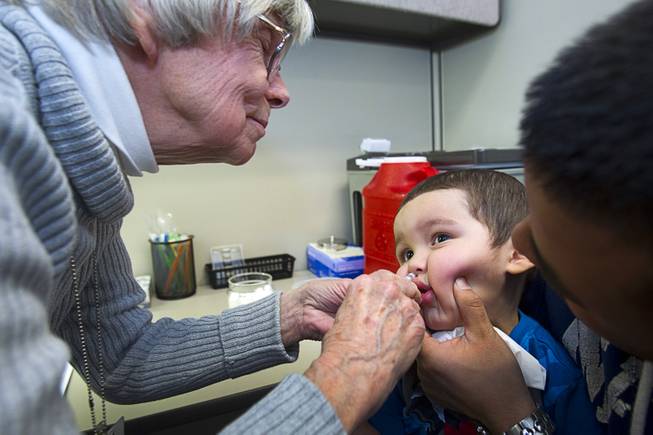
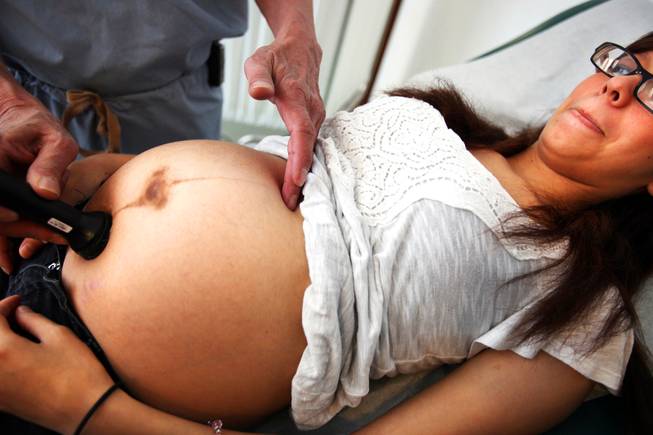

Join the Discussion:
Check this out for a full explanation of our conversion to the LiveFyre commenting system and instructions on how to sign up for an account.
Full comments policy